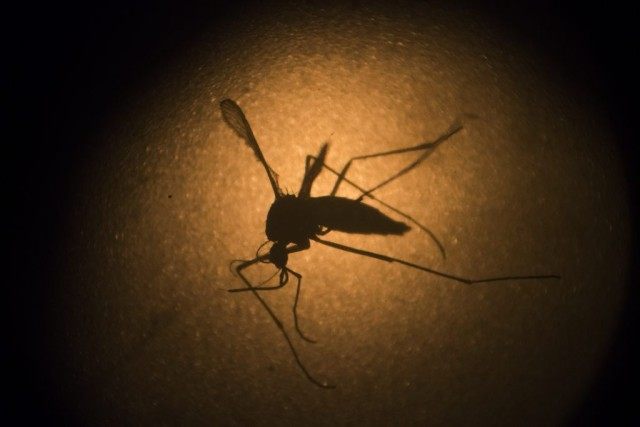Aggressive tropical mosquitos–a breed that can carry the Zika virus–are “infesting” Orange County, California, authorities warn.
The invasive species–which can also carry yellow fever, dengue fever and chinungunya–could pose a risk to the public.
None of the mosquitoes in question has yet been found to be carrying Zika, but could provide a vector for its transmission. Authorities recently admitted that there have been six Zika cases in the last three years in California, and that the mosquitos responsible for Zika have been found in 12 of the 58 counties in California.
Aedes aegypti, or yellow fever mosquitos, were reported in Orange County last October. The Orange County Mosquito and Vector Control District (OCMVCD) stated at the time that the mosquitos had been found in Anaheim earlier in the year, but had not been seen since an area resident’s April 2015 report.
“The Yellow Fever mosquito is a small but aggressive day-biting species,” the OCMVCD wrote, in a flyer urging the public’s assistance. “The Yellow Fever mosquito breeds in small containers, particularly the types of container found in residential yards. We are asking you to call Orange County Mosquito and Vector Control District at (714) 971-2421 if you are bitten during the day by a mosquito.”
Rober Cummings with the OCMVCD told Fox 11 local news in an interview that the yellow fever mosquito looks different than local Orange County mosquitos, which tend to be brown. The non-indigenous mosquitos are black and white striped.
An October warning from the OCMVCD stated:
The yellow fever mosquito is recognizable by its bright silver lyre-shaped marking and white banded legs. They can live both indoors and outdoors, and primarily bite humans. Female mosquitoes lay their eggs in containers holding as little as a teaspoon of water, and eggs, which are laid just above the water line, can survive dry conditions for six months or more.
The disease-carrying insect was “first identified in California’s central valley and central coast in June of 2013, and last year in Los Angeles County,” according to the OCMVCD. “it is generally accepted that the transportation of dormant eggs attached to items such as imported tires and plants, is commonly associated with introductions of this mosquito species.”
It remains unconfirmed whether the rapidly spreading Zika virus actually causes birth defect microcephaly, but the World Health Organization (WHO) this week declared a global emergency over the virus. There has however, been a spike in the “small head” birth defect in Brazin since discovery of the virus there last year. An estimated 80 per cent of cases don’t produce symptoms in those stricken according to the Associated Press. There is currently no known treatment for the virus.
Follow Michelle Moons on Twitter @MichelleDiana

COMMENTS
Please let us know if you're having issues with commenting.